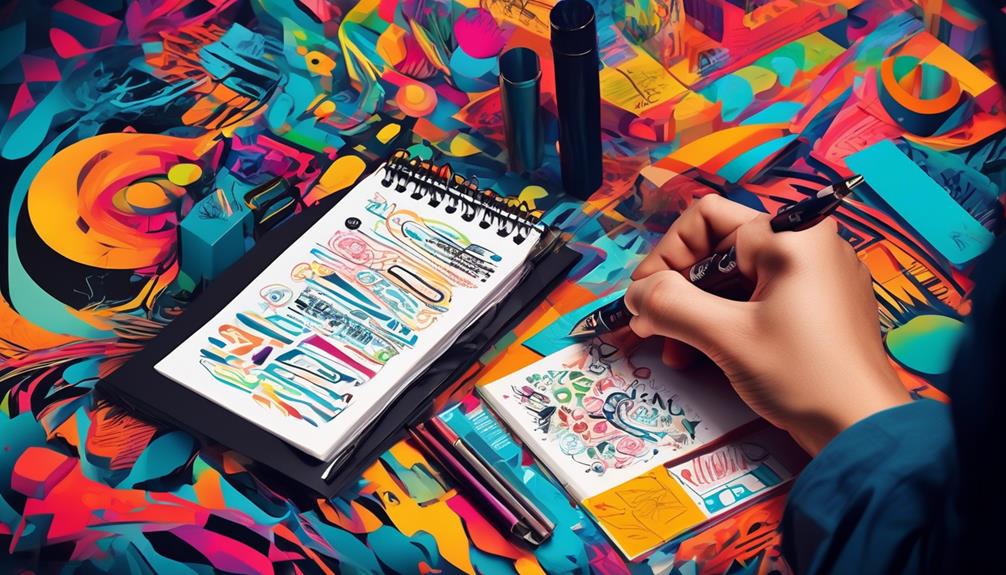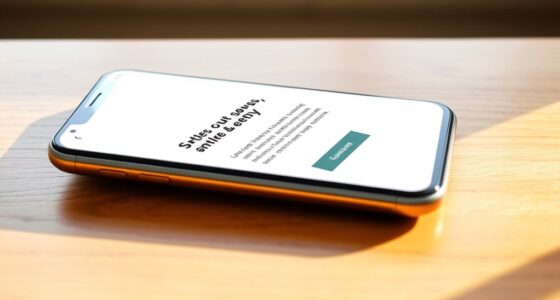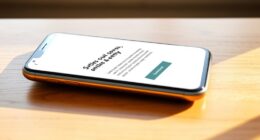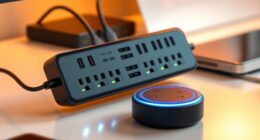It is commonly understood that in order to maintain a loyal readership, creating engaging content for newsletters is essential. But do we really know the key elements required to accomplish this?
Well, the truth is, there are four essential keys to consider when it comes to crafting compelling newsletter content that keeps readers coming back for more.
Each key holds a critical piece of the puzzle, and by understanding and implementing them effectively, we can elevate our newsletter game to new heights.
Key Takeaways
- Gain insights into your audience to understand their motivations, challenges, and aspirations.
- Create compelling content that offers practical value and is tailored to the specific interests and needs of your audience.
- Foster a sense of community and engagement through user-generated content.
- Optimize your newsletters for engagement by establishing a routine, providing useful information, addressing questions and concerns, and crafting compelling subject lines.
Understanding Your Audience

Understanding your audience is crucial for creating newsletter content that resonates with their demographics, interests, and needs. By gaining insights into your audience, you can effectively segment your email list and tailor your content to meet the specific preferences of different groups. This targeted approach ensures that your content aligns with the diverse needs of your readers, ultimately contributing to the achievement of your marketing goals.
Engaging newsletters are crafted with a deep understanding of the target audience. Conducting audience surveys, engaging in direct communication, and analyzing engagement metrics are instrumental in gaining valuable insights into your audience's preferences and behaviors. Utilizing data segmentation allows for the delivery of personalized content that resonates with different segments of your audience, increasing the likelihood of enticing readers to click on calls to action within your newsletters.
Developing audience personas further contributes to creating engaging email content by providing a clear understanding of your readers' motivations, challenges, and aspirations. Adapting your content strategy based on audience feedback and interaction is essential for continuously improving engagement and relevance. Therefore, understanding your audience is the cornerstone of creating compelling and engaging newsletter content.
Crafting Compelling Content

Crafting compelling content for engaging newsletters involves tailoring valuable and relevant information to the audience's needs and interests, ensuring consistency and trustworthiness in our communication approach. To create effective email marketing content, it's essential to focus on engaging subject lines, concise yet impactful messaging, and valuable insights that resonate with our audience. Below is a table summarizing key elements of compelling newsletter content creation:
| Key Element | Description |
|---|---|
| Engaging Subject Lines | Utilize catchy, curiosity-inducing subject lines to entice readers to open the email and engage with the content. |
| Valuable Content | Create content that offers practical value, such as tips, insights, or exclusive offers, to keep readers interested and engaged. |
| Consistency | Maintain a consistent tone and style throughout the newsletter to build familiarity and trust with the audience. |
| Audience-Centric | Tailor the content to the specific interests and needs of the audience to ensure relevance and resonance. |
Crafting compelling newsletter content involves a strategic blend of content marketing and effective email marketing strategies. By creating engaging and valuable content, we can effectively engage readers and build a loyal subscriber base.
Leveraging User-Generated Content
When leveraging user-generated content in newsletters, we aim to foster a sense of community and engagement while adding authenticity and relatability to our content. By encouraging user-generated content submissions, such as testimonials, reviews, or stories, we can showcase the diverse perspectives and experiences of our audience.
This not only enhances the overall value and appeal of the newsletter but also creates a sense of ownership and involvement among our readers. Utilizing user-generated content provides an opportunity to prompt active participation and contribution from our audience through challenges, contests, or interactive features, thereby increasing their investment in our newsletter and brand.
Incorporating user-generated content in our newsletter templates not only enriches the content but also strengthens the connection with our subscribers. It's a powerful way to create engaging newsletter content that resonates with our audience and fosters a stronger sense of community.
Ultimately, leveraging user-generated content is an effective strategy for creating good newsletter content ideas that drive impactful email marketing.
Optimizing for Engagement

Incorporating user-generated content in our newsletters has set the stage for optimizing engagement with our audience through strategic and tailored content delivery. To further optimize engagement, we focus on creating newsletters that are consistent and timely.
Consistently sending newsletters on the same day every week establishes a routine for our audience, increasing engagement and open rates. We prioritize including useful and relevant information that's tailored to our audience's needs and interests, as this can significantly boost engagement and readership. Additionally, informing our audience about important dates, events, and providing updates on sales or promotions drives engagement and interaction with our newsletter.
Furthermore, we actively address our audience's questions and concerns directly in our newsletter, fostering a sense of community and engagement. By offering valuable recommendations to solve problems or improve situations, we enhance engagement and trust with our audience.
In addition, we place emphasis on crafting compelling email subject lines to entice our audience to open and engage with our content. These strategies are integral to our approach in creating engaging email campaigns and maximizing newsletter engagement.
What Are Some Additional Tips for Creating Engaging Newsletter Content?
When it comes to engaging newsletter content creation secrets, it’s important to focus on providing valuable and relevant information to your audience. Utilize captivating subject lines, incorporate visuals, and keep the content concise. Encourage interaction with call-to-action buttons and personalize the content to connect with your readers on a deeper level.
Frequently Asked Questions
How Do I Make My Newsletter More Engaging?
To make our newsletter more engaging, we focus on providing valuable and relevant content. We aim to build trust with our audience by consistently delivering useful information. We also strive to keep our messages concise and actionable.
In addition, we test the frequency of our newsletters to find the right balance. We want to ensure that we are not overwhelming our subscribers with too many emails, but also not leaving them without any updates.
Furthermore, we tailor our writing to resonate with our audience's needs and interests. By understanding their preferences, we can create a newsletter that speaks directly to them.
What Are the 3 Pillars That Go Into Designing a Great Newsletter?
We believe that the three pillars for designing a great newsletter are consistency, value, and audience focus.
Consistency ensures that readers know when to expect your newsletter, while value offering builds trust and engagement.
By crafting content with the audience in mind, focusing on their needs and interests, we can create a newsletter that adds value to the reader's experience.
These pillars form the foundation for a successful newsletter.
How Do You Gather Content for a Newsletter?
We gather content for our newsletter by:
- Sourcing relevant information
- Answering audience questions
- Providing updates on sales or promotions
Consistently sending the newsletter on the same day every week is key.
We ensure the content is:
- Useful
- Informative
- Tailored to our audience's needs and interests
We also include important dates and events to keep our subscribers informed and engaged.
How Do I Make a Newsletter Fun?
To make a newsletter fun, we infuse it with engaging content, like compelling stories, humor, and interactive elements.
We leverage visuals, such as eye-catching images and videos, to make it visually appealing.
Personal touches, like addressing the audience by name and sharing behind-the-scenes glimpses, add a friendly vibe.
Polls, quizzes, and contests create interactivity.
Incorporating surprise elements and exclusive offers keeps the newsletter exciting and eagerly anticipated.
Conclusion
In conclusion, creating engaging newsletter content requires understanding our audience, crafting compelling content, leveraging user-generated content, and optimizing for engagement.
By doing so, we can build trust, provide value, and establish ourselves as experts in our field.
Let's strive to create content that speaks to the hearts and minds of our audience, igniting a spark of curiosity and inspiration in their lives.
Together, we can create newsletters that truly resonate and make a difference.










